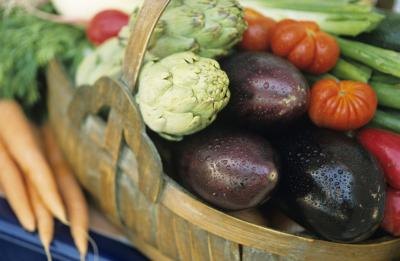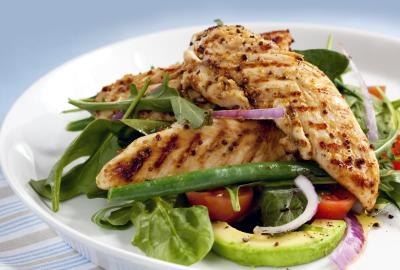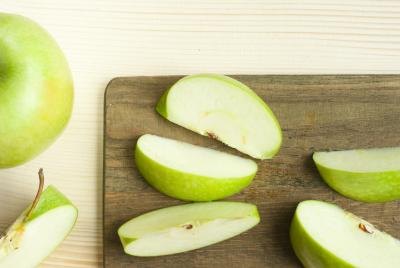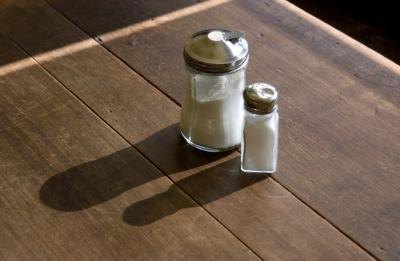Paleo Diet
The basis of the Paleo Diet is to consume the foods humans are most biologically adapted to. The Paleo Diet gets its name from the Paleolithic period of human civilization. During this period, humans consumed mostly lean meats and vegetables. Carbohydrates like wheat and rice were not invented; therefore, they are not included in the diet. Dr. Loren Condain, author of “The Paleo Diet for Athletes,” stipulates that human beings are genetically programmed to flourish on the hunter-gatherer type of diet (Paleolithic-era diet). An athlete on this diet is believed to flourish because food digested is designed to promote peak human bodily performance.

Lean Protein
The Paleo Diet promotes the consumption of lean meats, those that contain less fat. For example, chicken breast is a lean meat. Lean red meats include cuts with less of the marble effect, which is when you see the white fat mixed with the red meat. These cuts include, but are not limited to, sirloin, strip steak, top round and T-bone. Chicken eggs are a highly recommended food choice on the Paleo Diet. Ideally, the eggs come from organically raised chickens. The high protein in the Paleo Diet is good for athletes, as protein is used to repair stressed muscles. The lean meats provide healthy protein with little fat. Seafood is a very healthy and important aspect of this diet. Seafood provides lean protein, and salmon, a highly recommended fish, provides omega-3 fatty acids, which are good for brain and joint health.

Live Foods
Live foods are raw foods from a plant or tree. Fruits and vegetables are major food sources for the Paleo Diet and accompany every meal. Not all vegetables are required to be eaten raw; vegetables provide important vitamins and minerals cooked or fresh. According to the philosophy of the diet, live food was available to Paleolithic humans and therefore completely acceptable to eat.

Limitations and Substitutions
The Paleo Diet believes in the limited use of salt. It can be difficult to avoid salt altogether; however, in personal cooking, the official website of the Paleo Diet recommends substituting salt with garlic powder, chili powder, lime/lemon juice, pepper and any other type of herb. Dried celery is a good substitute because of its natural-occurring high sodium level. Vinegar should be replaced with lemon or lime juice. Vinegar was not present during the days of Paleolithic man, thus prohibiting its use in the diet. Butter and fats like lard are prohibited for people using this diet. Butters and fats can be replaced with olive oil and other fruit and vegetable oils, because the human body is designed to digest these oils without strain on the body. Sugars should be avoided; even naturally occurring honey should be limited, as Paleolithic man did not have sugar as a staple in his diet. Alcohol was not used during the Paleolithic era; however, the Paleo Diet recommends moderate wine, beer or mixed drink usage with meals. Wine is recommended for cooking purposes.


